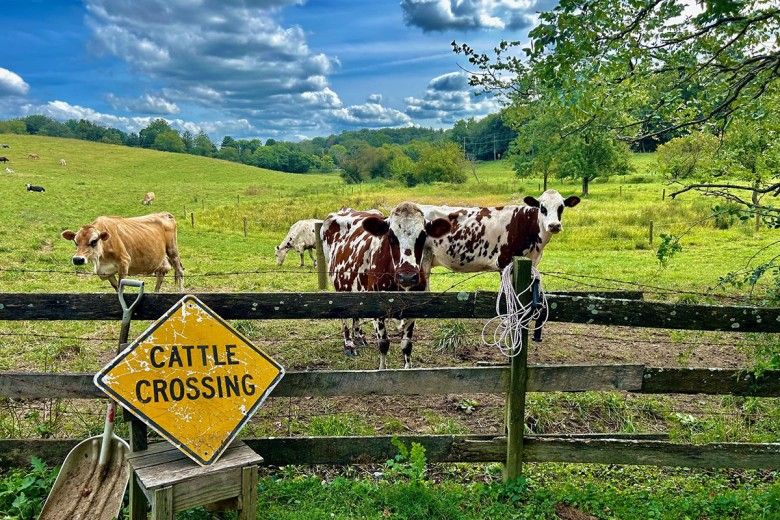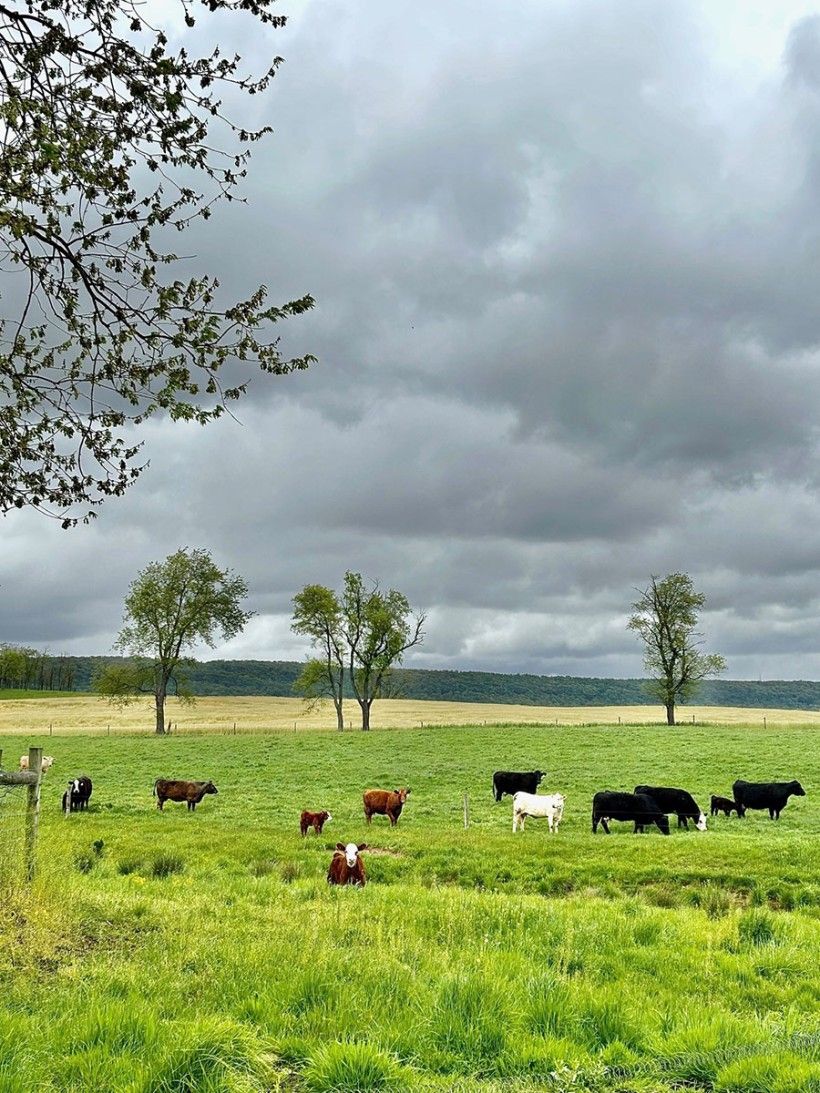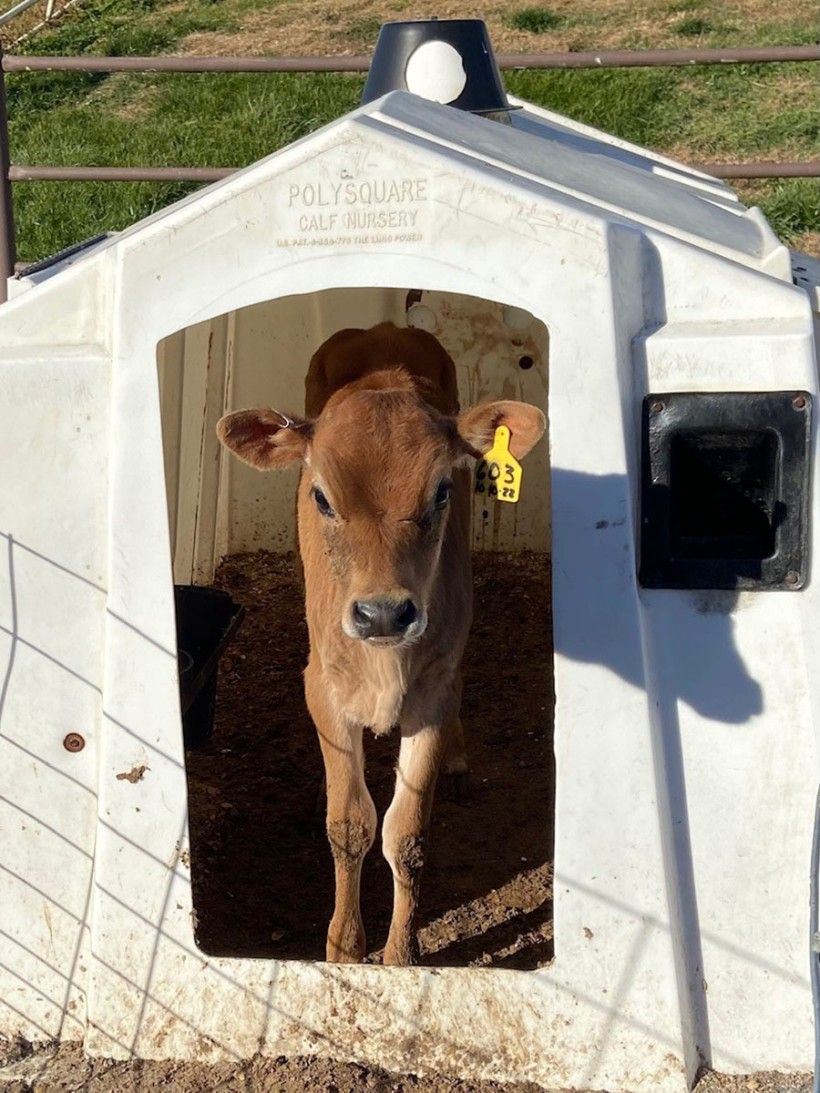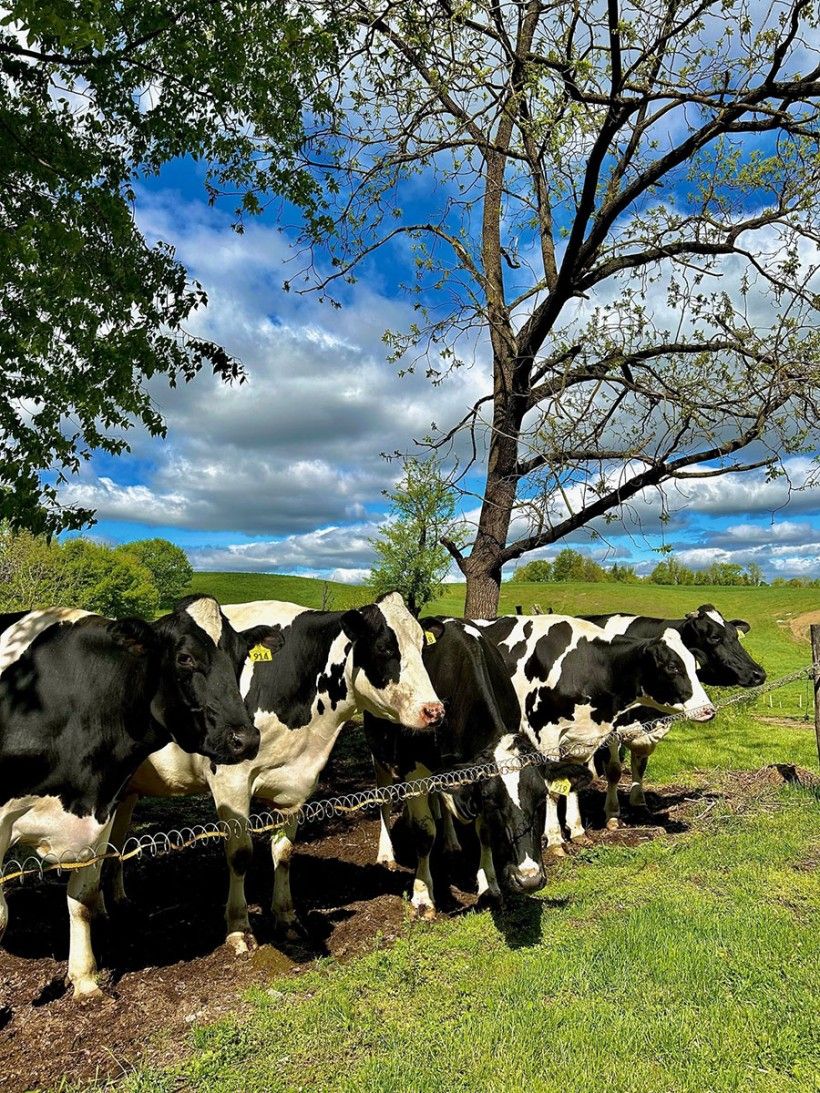Agriculture Spotlight: Spring

Spring is here—the birds are chirping, the spring ephemerals are blooming, and farmers are coming up on one of their busiest seasons of the year. As we have discussed in prior agricultural spotlights, there is no down time in the life of a farmer, and thanks to their hard work over the winter, fields are ready for the upcoming planting season.
When the weather begins to lift, it's time for farmers to begin cleaning up at both the homestead and in the fields. Any debris that may have collected over the winter months, tree limbs that may have fallen from a stream buffer, or culverts that need clearing out—now is the time to attend to these items as there will be little downtime in the coming months. If cover crops were planted in the fall, they will also need to be managed and the ground readied for planting.

Preparing the fields
Some cover crops will winter-kill, meaning that they will die off during the colder months, but other crops such as cereal wheat and rye, require a little more work. There are various termination options including herbicides, mowing, rolling, or crimping. Herbicide—usually glyphosate—is widely used to terminate cover crops as it is both inexpensive and effective. Rolling and crimping is a method that flattens the plants by a machine roller and then crimped directly afterwards in one pass. This will leave a flattened layer of the cover crop, allowing for improved seed placement. The debris from the cover crop will also slowly decompose and provide nutrient and organic matter to the soil, while helping minimize soil erosion from heavy rain and strong winds.
Some farmers will use conventional tillage, the turning and mixing of the soil, to prep their fields but this has been proven to compromise soil structure, increase runoff and soil erosion, as well as releasing any greenhouse gases that were captured and stored in the soil. No-till farming combats these issues and has become more widely utilized throughout our region. Instead of stirring up the soil, specialized equipment is used to create a path that is just wide enough for seeds to be placed. No-till farming allows the soils to stay intact and maintain the cover crop root structures to aid in water infiltration. This method also has an economic benefit to the farmer as it requires less labor and fuel.
Planting season
Once the fields have been prepared, it is time to plant. Common agricultural products grown in our region include wheat, soybeans, oats, corn, and other grains. Pennsylvania is also home to thousands of fruit or berry trees, primarily apples grown to make juice, cider, and pie filling. In late winter and early spring, you may see orchards undertaking the arduous, but necessary, task of pruning fruit bearing trees. Pruning is crucial to the health of the crop as it removes dead or diseased wood, and maintains the open habit of the tree, allowing sunlight to ripen fruit and providing optimal air circulation to lessen the threat of pests and diseases.
This time of year is also an ideal time for calving. Although calves can be born throughout the year, spring allows the calves and their mothers to have access to fresh grass when both of their nutritional needs are at an all-time high. This allows for less supplemental feed, providing another economic benefit to the farmer.


Support your local farmers
Spring also brings fresh produce to our markets and roadsides. Local farmer’s markets and CSA’s (community supported agriculture) begin to open up and offer an array of farm-fresh produce. When buying local you are not only getting the freshest product available, but you are also supporting your local farmers and community as whole. It also dramatically reduces the distance between farm and fork, minimizing the need to burn additional fossil fuels that can contribute to climate change.
As the weather warms and new life begins to emerge from the ground, be sure to get to know and support your local farmers and the wonderful bounty that they provide!
Sources
- Northwest No-Till Farming for Climate Resilience | USDA Climate Hubs
- Cover Crop Termination Methods - SARE
- The Joy of Farm Watching: A Roadside Guide to Pennsylvania Agriculture (psu.edu)
Header image: Photo credit: Lisa Timbers